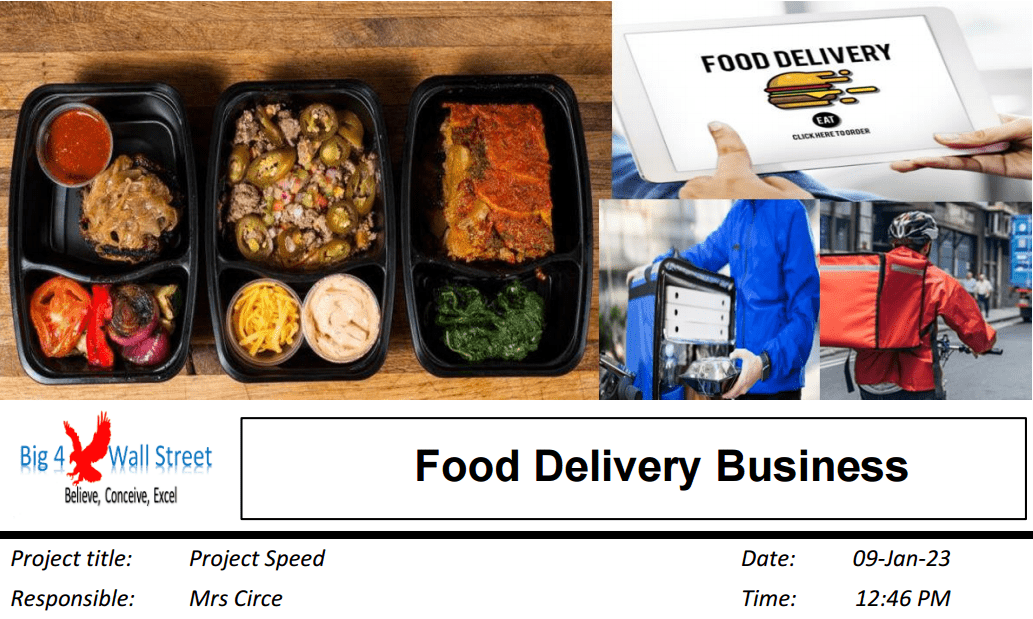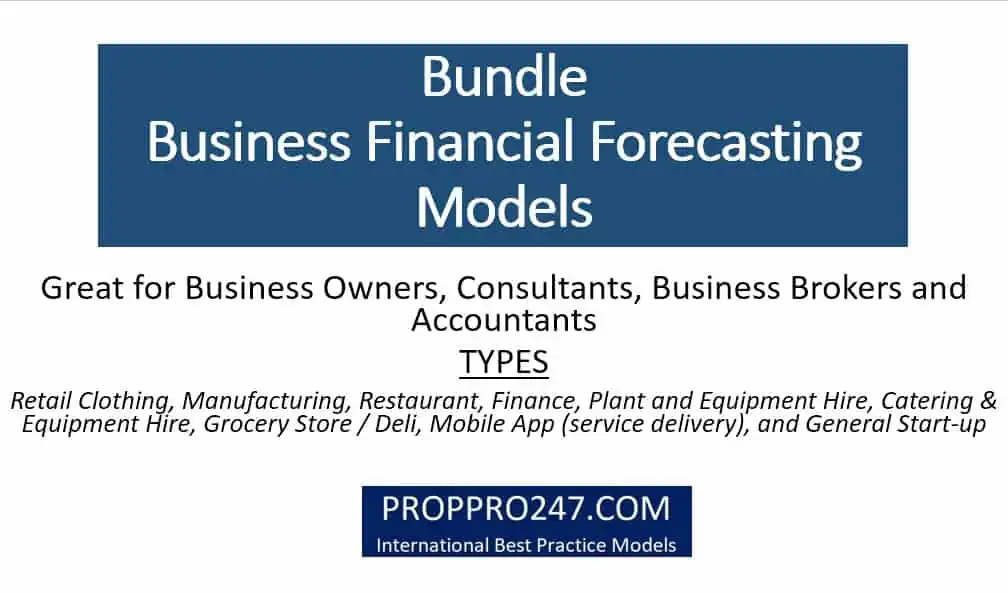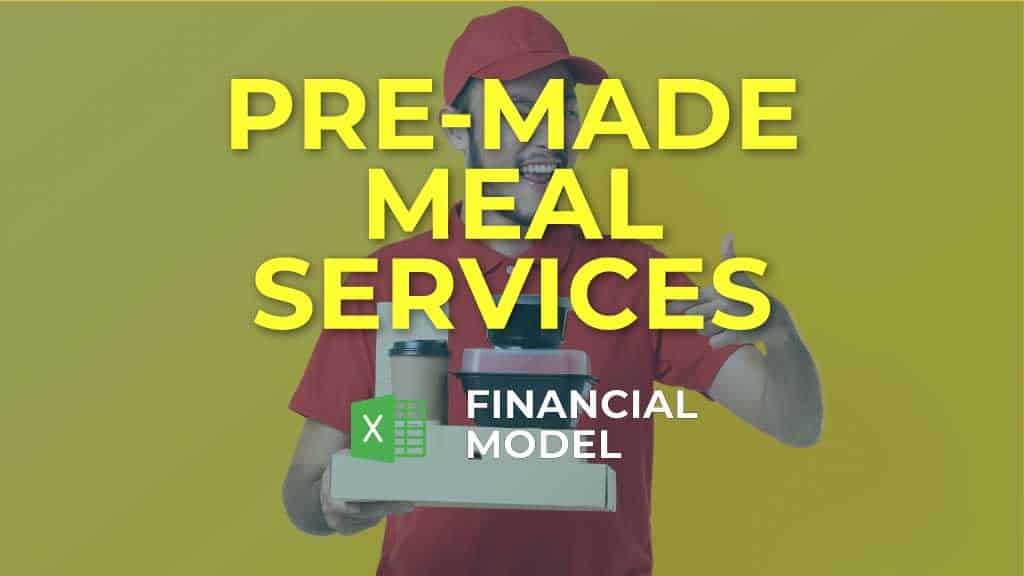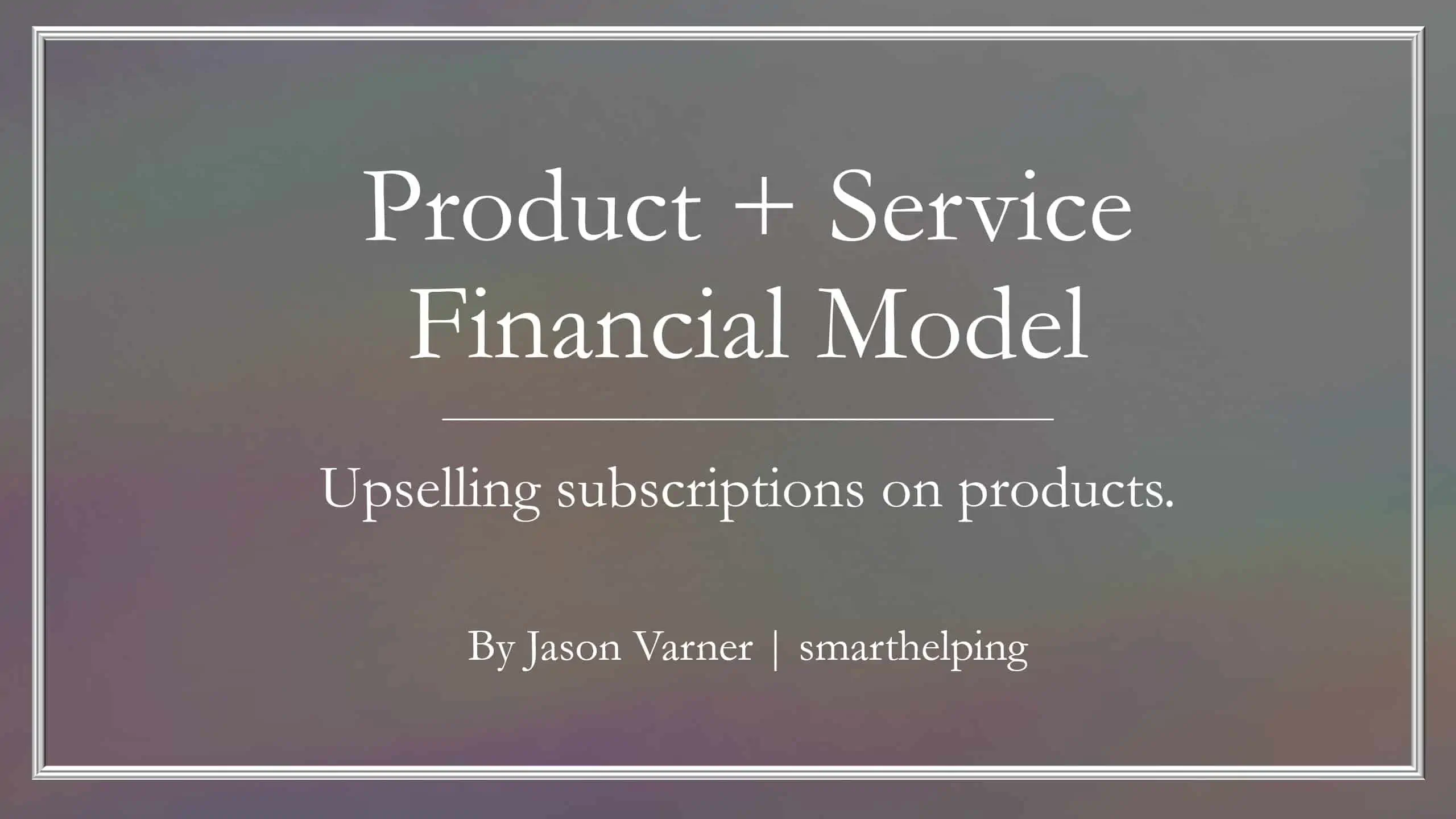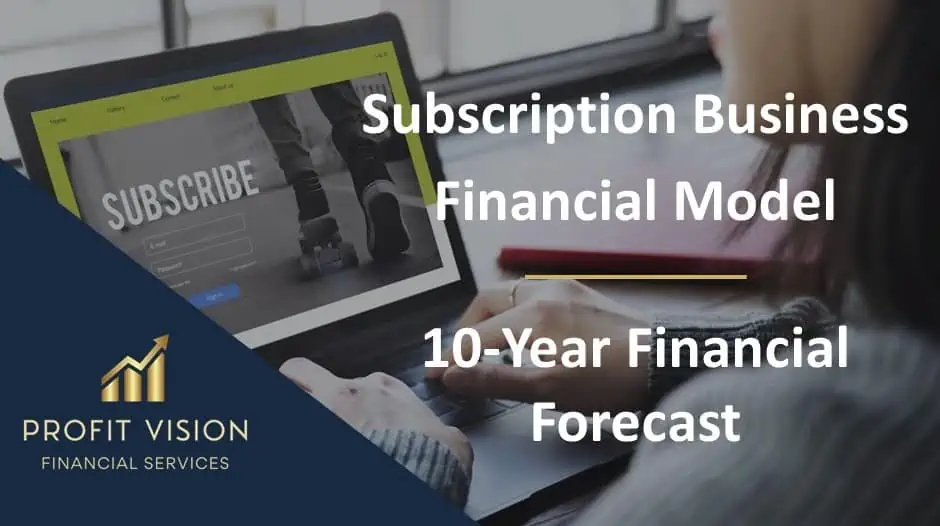Subscription Meal Kit Financial & DCF Valuation Model
We are glad to present our new integrated, dynamic and ready-to-use Subscription Meal Kit Financial & DCF Valuation Model.

We are glad to present our new integrated, dynamic, and ready-to-use Subscription Meal Kit Financial &DCF Valuation Model.
Subscription Business Trends
A subscription box business model is marked by the charging of recurring payments for customers in exchange for a regularly delivered box of services.
This could be daily, weekly, monthly, quarterly, or even yearly. As long as there is an automatic recurring charge, you have a subscription business model. It’s similar to how Software as a Service (SaaS) products work, only with boxes of products in place of software services.
The subscription box business has gained popularity starting in the 2010s to reshape the customer value chain, giving consumers more options and less friction.
Among them, subscription-based meal kit is one of the fastest-growing food delivery businesses in the US. The business delivers perfectly portioned, pre-packaged ingredients and recipe cards to home cooks in need of handholding.
Use of the Model
– This is a real case-based, well-structured, and fully-developed financial & valuation analysis model that can well help users to understand and analyze the subscription business model, particularly for meal kit segmentation.
– Moreover, it would be a useful analysis tool for bidders on the potential opportunity of this type of business and facilitate a better decision.
– Finally, this ready-to-use template can be used in a business plan as a financial forecast by simply customizing the assumptions according to your real case.
Model’s Features
– Highly developed
In order to better demonstrate how the business works, we have established detailed operation assumptions, including initial investment, operations, users, churn rate, pricing, debt schedule, and depreciation. And the calculation from the assumptions to outputs also has been well broken down.
The model has been performed on a quarterly basis in order to fit the seasonality feature of the sector.
The results have then been rolled up to yearly for valuation analysis.
– Highly dynamic
Users can easily tailor the model by simply modifying the inputs of the assumption to suit their real purpose.
– Application of financial modeling best practice
The model is ready-to-use and is well structured based on the Best Practice of Financial Modeling and utilized a One-Page Model style that facilitates users to easily follow the logic of the model and understand the formula of the calculation without the need to switch from sheet to sheet.
– Simplicity
The template is greatly user-friendly either for professional analysts or for users with little experience in financial modeling since it uses a simple design pattern and easy-to-follow logic.
To guarantee the user’s satisfaction, the model does not place any complicated formulas or VBA codes. The structure and content have been created following the Best Dashboard Principles and considering the high level of flexibility and user-friendly priority.
Support
Please feel no hesitate to contact us if you experience any problems when using the models provided.
In addition, if you need a customized model for your specific business, please just let us know, and we would be happy to help you with this.
Model’s Structure
• TOC – Table of Content
• Illustration— Visualization of Subscription Meal Kit business
• Model –
Assumptions
Forecast of the Number of the Subscriptions & Orders
Forecast of the Revenue
Other Calculations
Depreciation & Amortization
Debt Schedule
Pro-forma of Profit & Loss – Monthly
Pro-forma of Cash Flow – Monthly
Pro-forma of Profit & Loss – Yearly
Pro-forma of Cash Flow – Yearly
Pro-forma of Balance Sheet – Yearly
Valuation
Sensitivity Analysis
KPI
• Dashboard—Graphics
Similar Products
Other customers were also interested in...
Fresh Flowers Subscription Financial Model Excel T...
Impress bankers and investors with a proven, solid Fresh Flowers Subscription Budget Template. Five ... Read more
Food Delivery Business – Financial Model
This financial model presents the case of a food delivery business. The model takes into account rev... Read more
Bundle – Business Financial Forecasting Mode...
The purpose of this Bundle of Business Forecasting and Financial Models is to assist Business Owners... Read more
Pre-Made Meal Subscription Box Financial Model Exc...
Order Pre-Made Meal Subscription Box Budget Template. Use this Excel to plan effectively, manage Cas... Read more
“Netflix for Gadgets” – Consumer-Tech Subscr...
An integrated, dynamic and ready-to-use financial model for Consumer-Tech Subscription/Rental Busine... Read more
Product + Subscription Financial Model
Build a strategy for adding recurring revenues services to your product. Includes financial statemen... Read more
Subscription Business – 10 Year Financial Model
Financial Model providing a 10-year financial plan for a startup or operating Subscription Business.... Read more
Product-as-a-Service (PaaS) Financial Model
This is a true PaaS model with flexible build-out assumptions, capacity sanity checks, and direct sa... Read more
Online Car Rental – 3 Statement Financial Mo...
Online Car Rental Platform Business Plan Model is a perfect tool for a feasibility study on launchin... Read more
Subscription Box Financial Model – Up to 72 ...
Test many variables in this financial model for a subscription box company. Includes up to six prici... Read more
You must log in to submit a review.





















